-
main-collection-product-grid
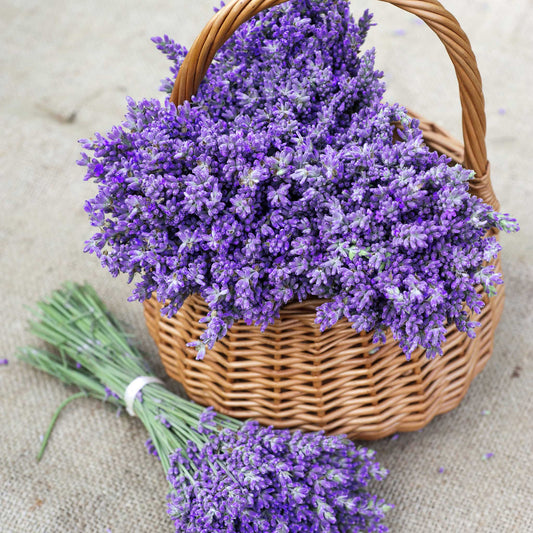
Lavender Seeds
As fragrant as it is popular, the "True Lavender"Lavender Seeds
As fragrant as it is popular, the "True Lavender"Regular price As Low As $4.99Regular priceUnit price per -
main-collection-product-grid
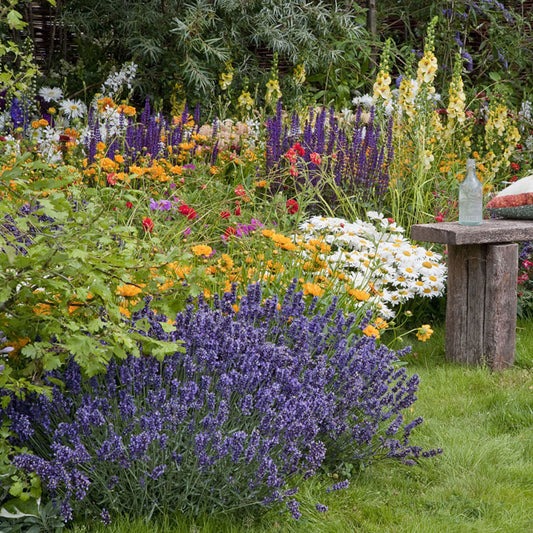
Lavender Seeds - Munstead
Hints of blues and greens compact enough for your English garden borderLavender Seeds - Munstead
Hints of blues and greens compact enough for your English garden borderRegular price As Low As $6.59Regular priceUnit price per -
main-collection-product-grid
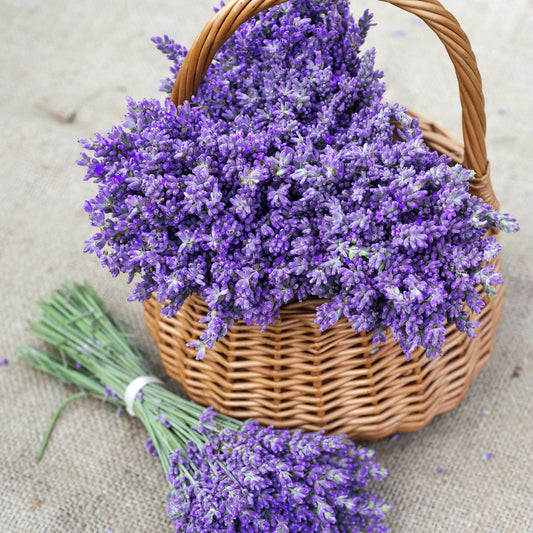
Lavender Seeds (Organic)
Fragrant and popular, bring a bit of France to your backdoorLavender Seeds (Organic)
Fragrant and popular, bring a bit of France to your backdoorRegular price $8.39Regular priceUnit price per -
main-collection-product-grid
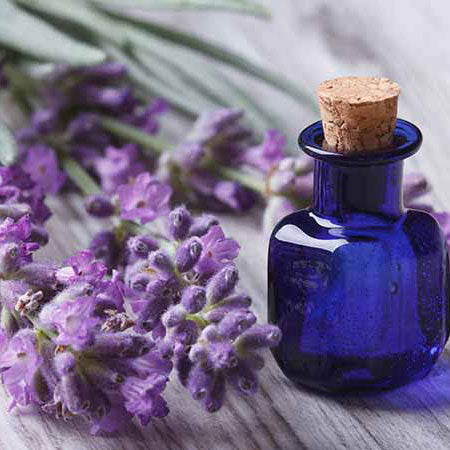
Lavender Seeds - Spike (Latifolia)
Most powerful scent of all lavendersLavender Seeds - Spike (Latifolia)
Most powerful scent of all lavendersRegular price As Low As $6.59Regular priceUnit price per -
main-collection-product-grid
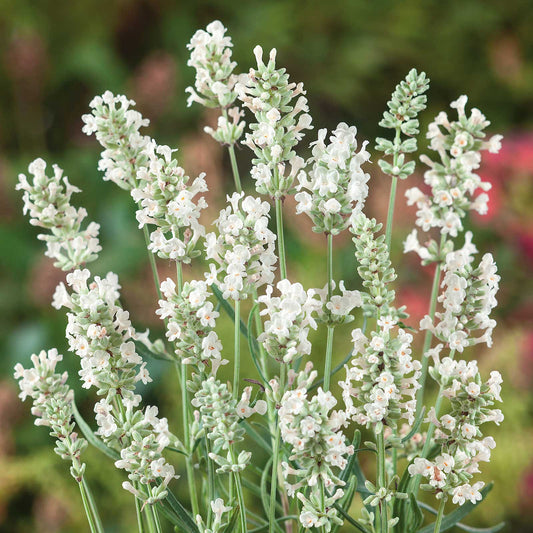
Lavender Seeds - Ellagance Snow
Remarkably fragrant white spikesLavender Seeds - Ellagance Snow
Remarkably fragrant white spikesRegular price $7.39Regular priceUnit price per -
main-collection-product-grid
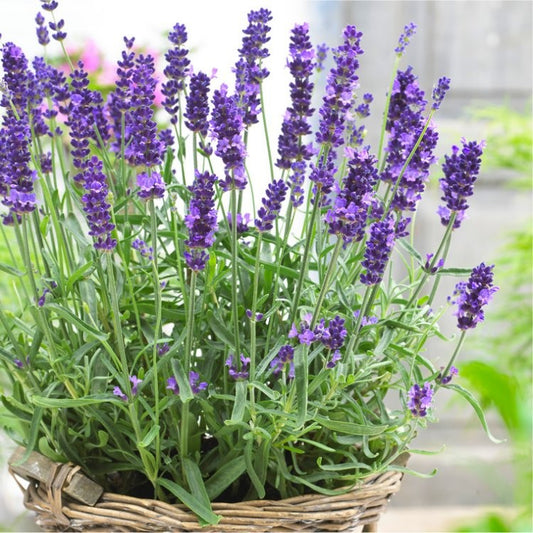
Lavender Seeds - Hidcote Promise Compact
Container-sized plant of violet bloomsLavender Seeds - Hidcote Promise Compact
Container-sized plant of violet bloomsRegular price $6.59Regular priceUnit price per -
main-collection-product-grid
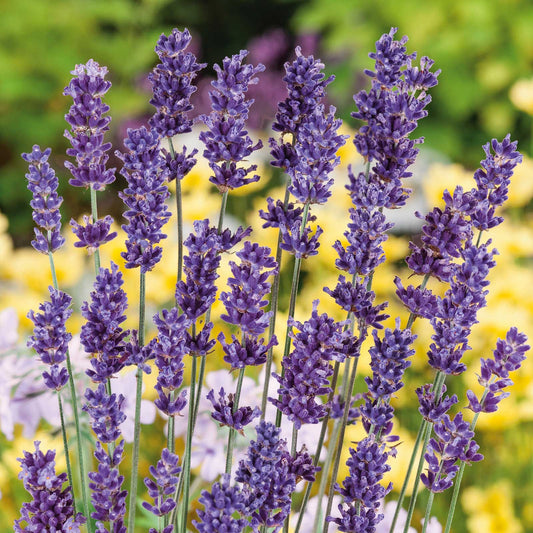
Lavender Seeds - Ellagance Purple
Deep purple, aromatic flowersLavender Seeds - Ellagance Purple
Deep purple, aromatic flowersRegular price $7.39Regular priceUnit price per
What we love about growing lavender from seed
- 7 heirloom and organic lavender varieties
- Thrives in bright, sunny growing areas and poor soil
- Fragrant blooms attract butterflies and other pollinators
- Many health benefits including improving sleep, reducing blood pressure, relieving asthma symptoms, and more
the benefits of lavender
There are few plants so crucial to our mental and psychological health as lavender. Throughout history the fragrant blooms have been used to treat anxiety, depression, insomnia, and headaches. Lavender has also always been taken orally to aid digestive issues. Whether you prefer to enjoy lavender as florets in a vase, an essential oil diffused throughout your home, or as a calming cup of tea, this is the season to start your own lavender from seed!
Lavender is generally grouped into two categories—English or French, depending on where the cultivar originates from. Eden Brothers has selected four English varieties that thrive in North America. Angustifolia is the larger cultivar, growing around 30 inches tall. Its cousin, Munstead, matures at half that size.
growing your own lavender from seed
Lavender requires a period of cold stratification before the seeds will germinate. Ideally, plant lavender seeds in the fall, let them go through winter, and come spring, lavender plants will begin growing. These lavender plants won’t flower this first year, but after overwintering a second time the plants will be well-established and will bloom season after season, for as long as twenty years.
To speed up this process, you may trick lavender seeds into germinating by storing the seeds in the refrigerator for two to three months. To create a period of false winter, about three months before spring, put lavender seeds in a plastic bag with damp peat moss or seed starting mix. Leave alone for at least ten weeks, then remove and sow as normal. Your lavender seeds will happily germinate!
Choose a site for planting that gets full sun and drains well. Contrary to most plants, lavender thrives in poor, sandy soil. Lavender prefers desert-like conditions. When direct seeding, lightly push lavender seeds into the soil but do not cover—lavender seeds require light to germinate. Be patient, as lavender seeds take time to sprout—you may have to wait anywhere from two to four weeks for the first seeds to sprout. Once seedlings appear, water sparingly—when the foliage starts wilting, the plant is signaling it needs a drink.
harvesting lavender plants
Established lavender plants will bloom in June and July. Harvest the blooms and deadhead spent flowers and your lavender plants will likely bloom again in the fall. To harvest lavender booms, cut the stems when the buds are just beginning to show color. Bunch the stems together in bundles and hang in a cool, dark place to dry.
Make your own lavender tincture by combining slightly crushed lavender flowers with vodka. Let the mixture steep in an airtight jar and shake the jar frequently. After two weeks, strain the mixture twice through a cheesecloth or a coffee filter. Use this tincture in place of lavender essential oil.
For more information about planting, growing, and harvesting lavender seeds, see the Lavender Seeds Planting Guide.






